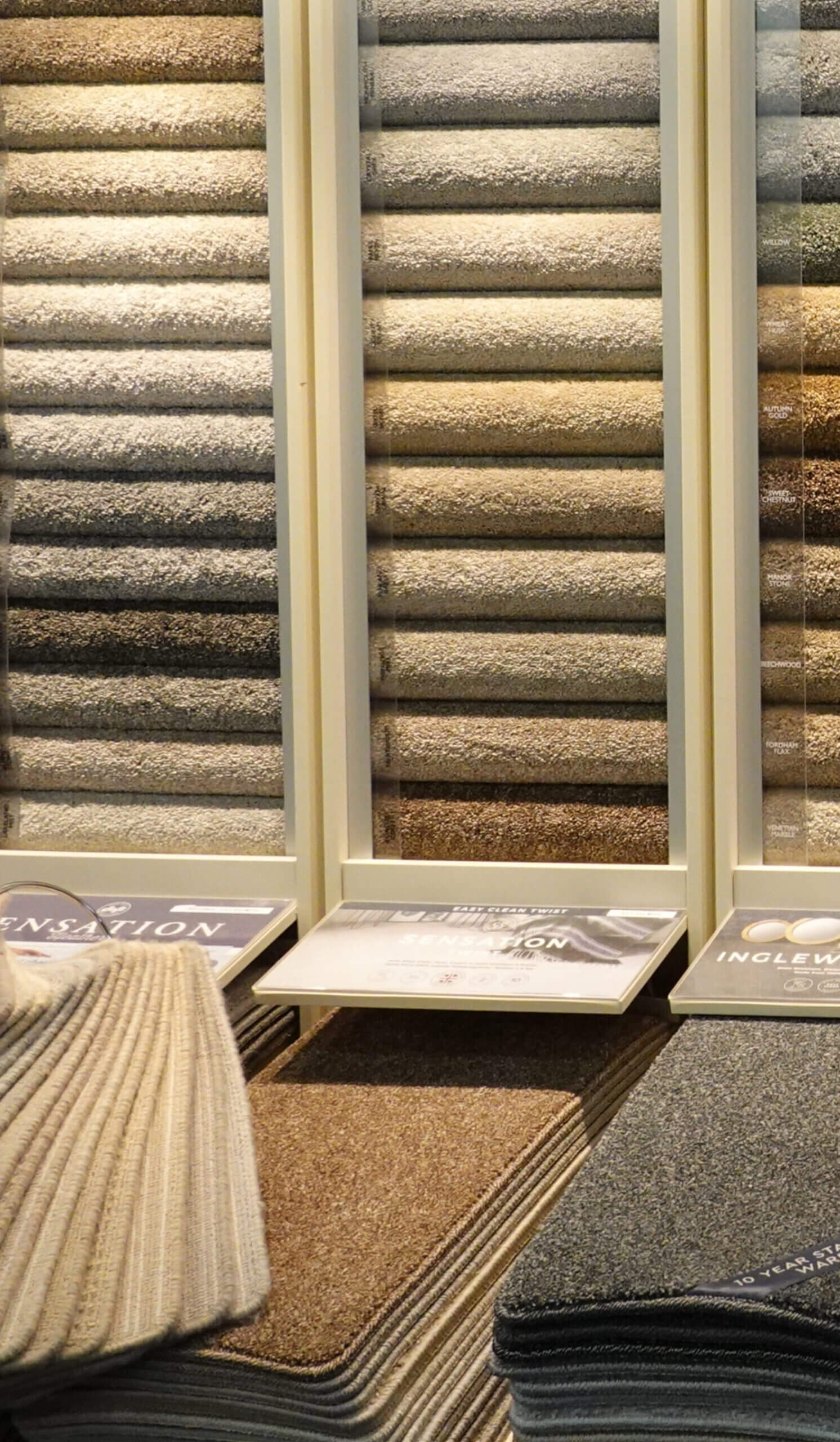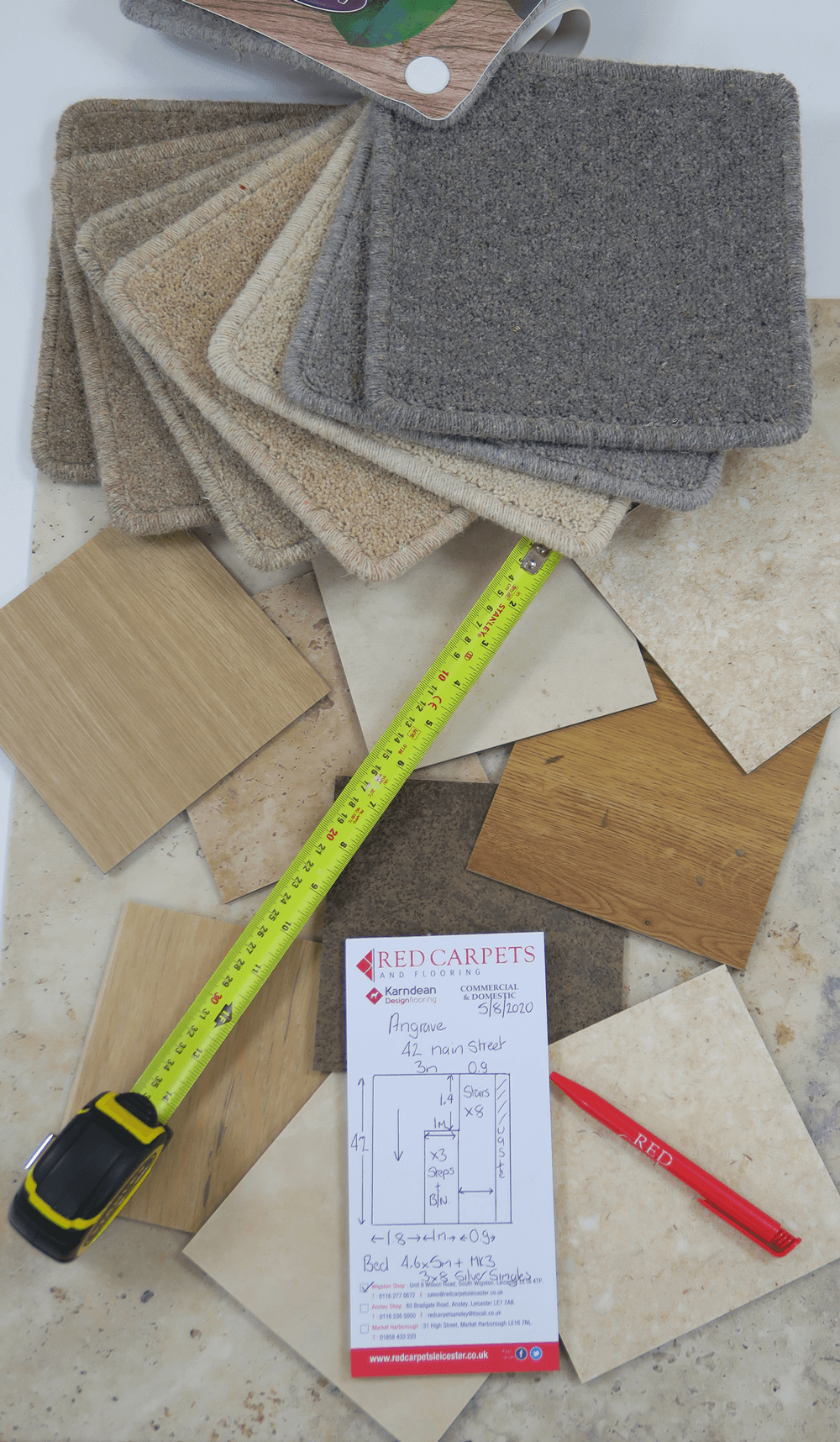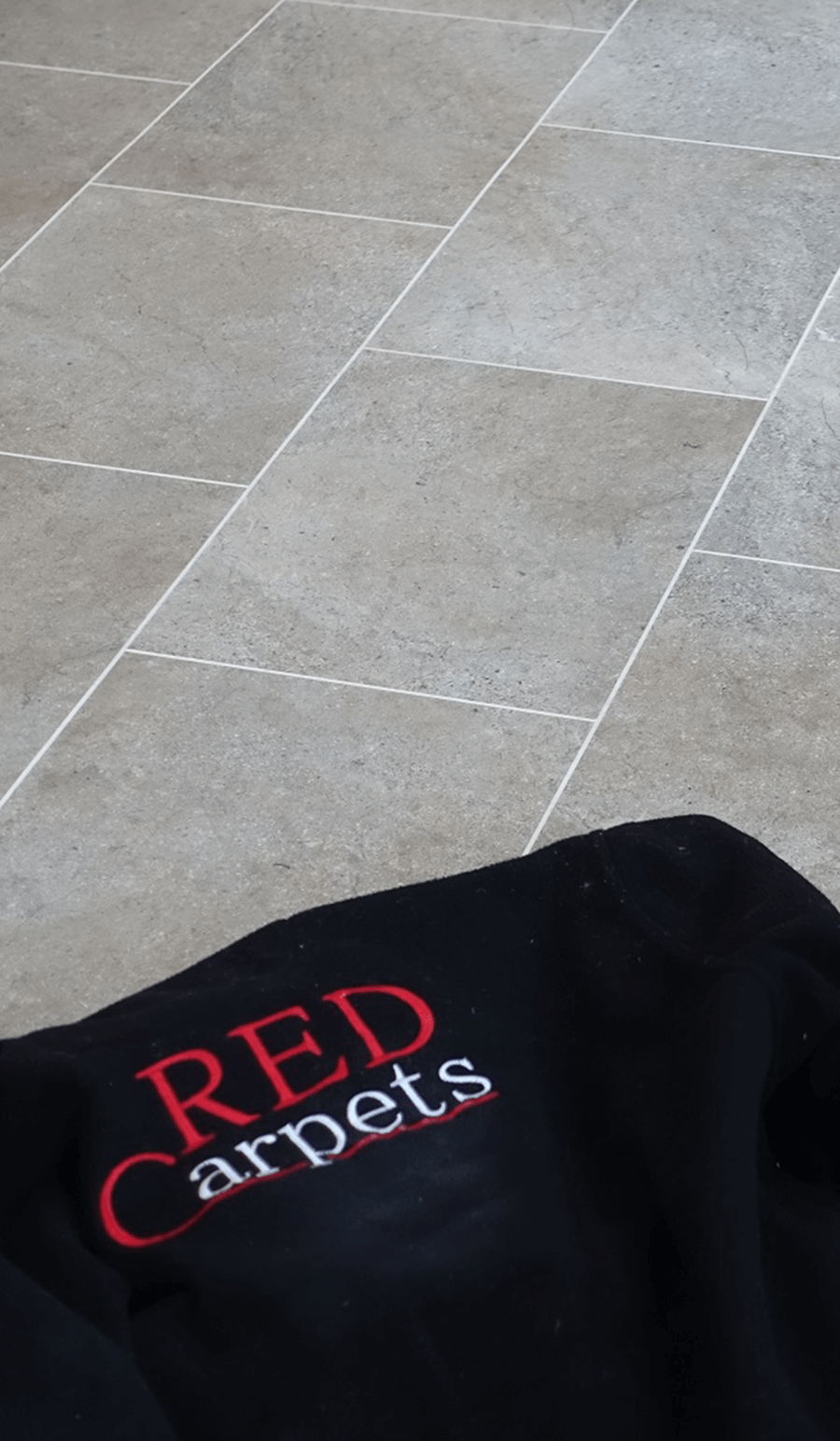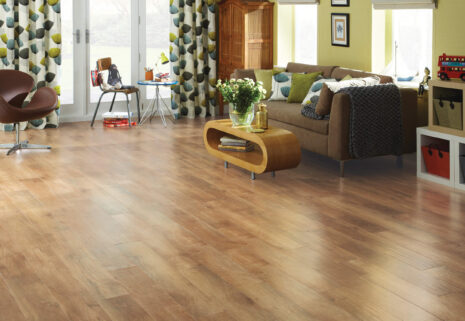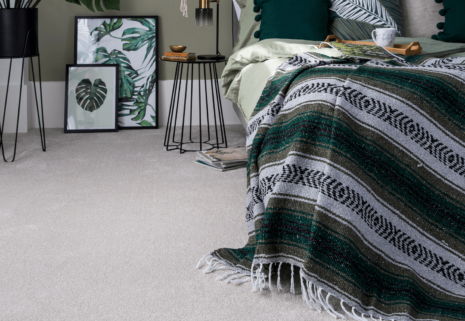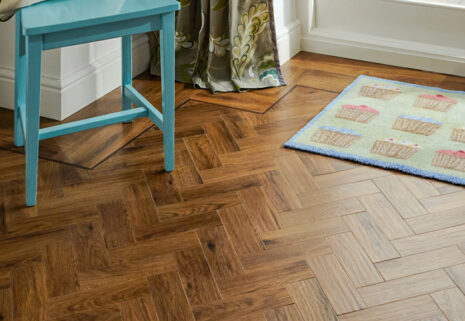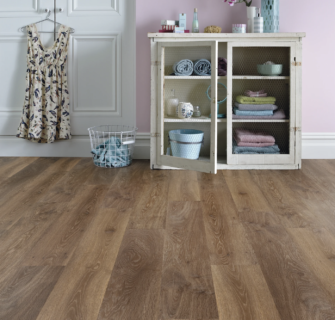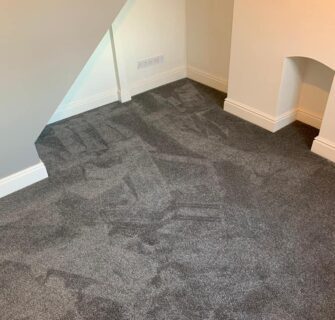Part 1: Colour
When it comes to interior design, few elements are as fundamental and impactful as flooring and wall colour. The right combination can elevate the aesthetics of any space, creating a harmonious and inviting atmosphere. However, selecting the perfect pairing can be a daunting task for many homeowners. To help you navigate this important decision, we’ve compiled a comprehensive guide on how to pick harmonious wall colour and floor combinations.
- Consider Mood and Functionality: Before diving into colour swatches and flooring samples, take a moment to think about the mood you want to evoke in the room and its intended functionality. Are you aiming for a cosy and intimate ambience in a living room or a fresh and energising feel in a kitchen? Understanding the purpose of the space will guide your colour and flooring choices.
- Start with the Floor: Since flooring typically covers a larger surface area than walls, it’s often best to begin by selecting your flooring material and colour. Consider factors such as durability, maintenance, and style preferences. Whether you opt for hardwood, laminate, tile, or carpet, choose a flooring option that sets the tone for the room.
- Match or Contrast: Once you’ve chosen your flooring, determine whether you want your wall colour to match or contrast with it. Matching colours create a cohesive and unified look while contrasting colours add visual interest and dimension to the space. For example, pairing light oak flooring with soft beige walls creates a serene and cohesive atmosphere, while combining dark hardwood floors with crisp white walls adds drama and contrast.
- Consider Undertones: When selecting wall colours to complement your flooring, pay attention to undertones. Undertones are the subtle hues beneath the main colour, such as warm red undertones in beige or cool blue undertones in grey. Matching undertones between your flooring and wall colour ensures a seamless and harmonious transition. If your flooring has warm undertones, opt for wall colours with similar warm undertones to create a cohesive palette.
- Balance Light and Dark: Achieving the right balance of light and dark tones is key to creating a visually appealing space. If your flooring is dark, consider opting for lighter wall colours to brighten the room and prevent it from feeling too heavy. Conversely, if you have light-coloured flooring, you can experiment with darker wall shades to add depth and sophistication.
- Test Samples: Before committing to a specific colour scheme, test samples of both your flooring and wall paint in the room. Natural light, artificial lighting, and surrounding furnishings can significantly impact how colours appear in space. By testing samples, you can ensure that your chosen combination looks harmonious under various lighting conditions.
- Consider the Overall Palette: In addition to coordinating flooring and wall colours, consider the overall colour palette of the room. Incorporate complementary accents such as furniture, textiles, and decor that tie the space together and enhance the chosen colour scheme.
- Seek Inspiration: If you’re feeling overwhelmed or unsure where to start, seek inspiration from interior design magazines, websites, or social media platforms. Pay attention to spaces that resonate with your style preferences and take note of successful colour and flooring combinations.
Part 2: Patterns
Incorporating patterns into your interior design can add personality, depth, and visual interest to a space. When combining patterns with wall colour and flooring, it’s essential to strike a balance to avoid overwhelming the room. Here’s how you can effectively integrate patterns into your harmonious wall colour and floor combinations:
- Choose a Dominant Pattern: Start by selecting one dominant pattern that will serve as the focal point of the room. This could be a bold geometric rug, a vibrant floral wallpaper, or an intricately patterned tile floor. The dominant pattern will set the tone for the space and guide your colour choices for both the walls and flooring.
- Scale and Proportion: Consider the scale and proportion of the patterns you’re incorporating. Mix larger-scale patterns with smaller-scale ones to create visual interest and balance. For example, if you have a large-scale floral wallpaper, balance it with smaller-scale geometric patterns on throw pillows or accent chairs.
- Coordinate Colours: Coordinate the colours of your patterns with your chosen wall colour and flooring to ensure a cohesive look. Pull out accent colours from your dominant pattern and incorporate them into your wall colour or choose a neutral backdrop that complements the colours in your patterns. For instance, if your flooring features earthy tones, opt for wall colours that harmonise with those hues.
- Mix Textures: Introducing different textures alongside patterns can enhance the overall aesthetic of the room. Consider incorporating textured fabrics, such as velvet or linen, alongside patterned elements to add depth and tactile appeal. Mixing textures can also help break up the visual busyness of patterns, creating a more balanced and inviting space.
- Layer Patterns: Don’t be afraid to layer patterns for added visual interest. Mix and match patterns of varying scales and styles to create a dynamic and eclectic look. For example, pair a striped area rug with floral curtains or incorporate a graphic wallpaper alongside a subtle herringbone flooring pattern. Just be mindful of balancing bold patterns with more subdued ones to prevent the space from feeling overwhelming.
- Create Contrast: Incorporating contrasting patterns can create a striking visual impact. Pairing geometric patterns with organic motifs or mixing traditional patterns with modern designs adds dimension and personality to the space. Experiment with contrasting patterns to find combinations that complement each other while adding visual intrigue.
- Use Patterns Sparingly: While patterns can liven up a space, it’s essential to use them sparingly to avoid overwhelming the room. Select a few key areas to incorporate patterns, such as an accent wall, area rug, or throw pillows, and balance them with solid-coloured elements for a more cohesive look.
Conclusion
In the realm of interior design, the synergy between colour and pattern holds the power to transform a space from ordinary to extraordinary. Crafting harmonious wall colour and floor combinations requires a delicate balance of aesthetics, functionality, and personal style. By following the guidelines outlined above, homeowners can navigate the intricacies of colour selection, undertones, and light balance to create cohesive and inviting environments.
Moreover, the incorporation of patterns adds a layer of depth and visual interest to interior spaces. From bold geometric prints to delicate florals, patterns infuse personality and character into a room, elevating its overall ambience. By carefully considering scale, colour coordination, and texture, homeowners can seamlessly integrate patterns into their design schemes, creating dynamic and visually captivating spaces.
In conclusion, the art of combining wall colour, flooring, and patterns lies in the thoughtful consideration of each element’s contribution to the overall composition. Whether aiming for a serene sanctuary or a vibrant statement space, finding the perfect harmony between colour and pattern sets the stage for a truly remarkable interior design experience. With creativity, experimentation, and attention to detail, homeowners can achieve spaces that not only reflect their tastes but also inspire and delight all who inhabit them.



